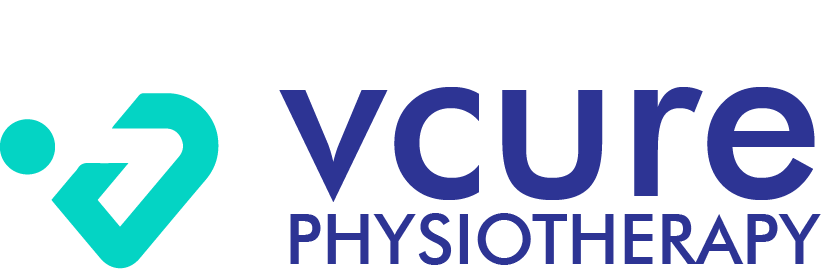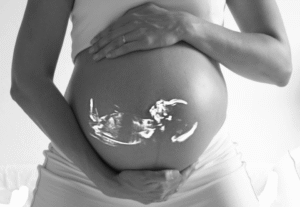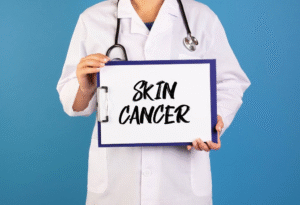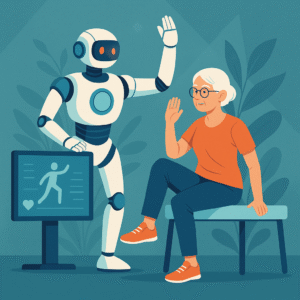Hot vs cold? How to use? When to use?
Hot vs cold – Heat therapy and cold therapy are the two most common forms of modalities used for pain relief. They are non-invasive in nature. These are usually used for muscular or joint pain. In this article, let us take a look at when to use what. Let us understand when and how to use temperature related therapies.
What happens after an injury?
Inflammatory mediators are released, thus causing swelling in that area. There is an increased sensitivity to pain as a result of stimulation of nociceptors.
Basics of heat and cold
Heat-
Matter can store energy in the form of atomic, electronic or molecular motion. The greater the molecular motion, the greater is production of heat.
Cold-
A reduction in the amount of molecular vibration that constitutes heat.
The less is the molecular motion, the less is production of heat. This leads to a sensation of cold. Cryotherapy is The practice of using cold to achieve its therapeutic benefits.
About heat vs cold

The first basis to decide what to use, depends on the fact if the pain is new or recurring.
For new injuries, ice reduces blood flow to the area, reduces swelling and thus reduces pain. For pain which is recurring, heat increases blood flow to the area and promotes healing.

Mechanisms
What does heat therapy do?
Heat causes vasodilatation, it opens up the blood vessels and increases blood flow. This increase automatically increases nutrient uptake and oxygen supply. How does this help in reducing pain? It reduces muscle spasm, makes tissue supple thus increases flexibility and improves movement.
What does ice do?
Ice causes vasoconstriction and alternate vasodilatation, which helps to reduce swelling and pain.
How does body respond to these mechanisms?
Primary response to heat
Peripheral vasodilatation is followed by increase in permeability of capillaries. Thus local metabolism improves. There is reduction in blood viscosity. There is increase in motility of leaucocytes. This causes increased blood flow, increased lymph flow, reduced muscle tone and reduced pain.
Primary response to cold
Peripheral vasoconstriction is followed by decrease in permeability of capillaries. Thus local metabolism reduces. There is increase in blood viscosity. There is reduction in motility of leaucocytes. This causes reduced blood flow, reduced lymph flow, reduced muscle tone and reduced pain.
To obtain the therapeutic benefits of cold-
skin temperature should be reduced upto 57F for optimal reduction in blood flow and upto58 F for analgesic effects.
Scientific principles involved in these mechanisms
- Water is a good conducter of heat.
- Air is a bad conducter of heat.
- Increased moisture exposure increases susceptibility of skin to breakdown.
- Presence of steam increases temperature of heat application.
How to use them?
- Heat – Usually applied with heating pads, heating bottles, hot water baths etc. The temperature should not be too high.
- Cold- Usually applied with ice or gel packs. It should be applied following 24-48 hours after an acute injury. Apply it for 20 minutes, followed by a 1o minute break before re application. Ice immersion technique can also be used. Other forms of ice include vapocoolant sprays, controlled compression units, etc.
How to ensure safety
In this paragraph , lets understand how can we ensure safety while using these modalities.
Heat-
- Do not overheat your body part.
- Use it for 20 minutes.
- Do not use in case of swelling
- Do not lie down on a heat pad , as you may fall asleep.
- Cover it in a thin towel before application.
- Do not use in cases of open wounds or stitches
Cold-
- Cover it in a thin towel before application.
- Do not use if circulatory problems persist.
Conditions in which we can use these modalities
WHEN TO USE HEAT
Chronic pain
Muscular pain
Joint stiffness
Joint pain
Back pain
Menstrual cramps
WHEN TO USE COLD
Sprain
Strain
Sports injuries
Bumps
Bruises
Any acute injuries.
Some common dangers with these modalities-
Heat – Excessive erythema, burns, over heating, dehydration, etc.
Burns may occur in case of improper towelling, in cases of impaired circulatory issues.
Excess sweating leads to dehydration.
Cold- cold intolerance, Raynauds phenomenon, urticaria, etc
Also read –
https://vcurehealthcare.com/happy-hormones-know-how-to-hack-them/





